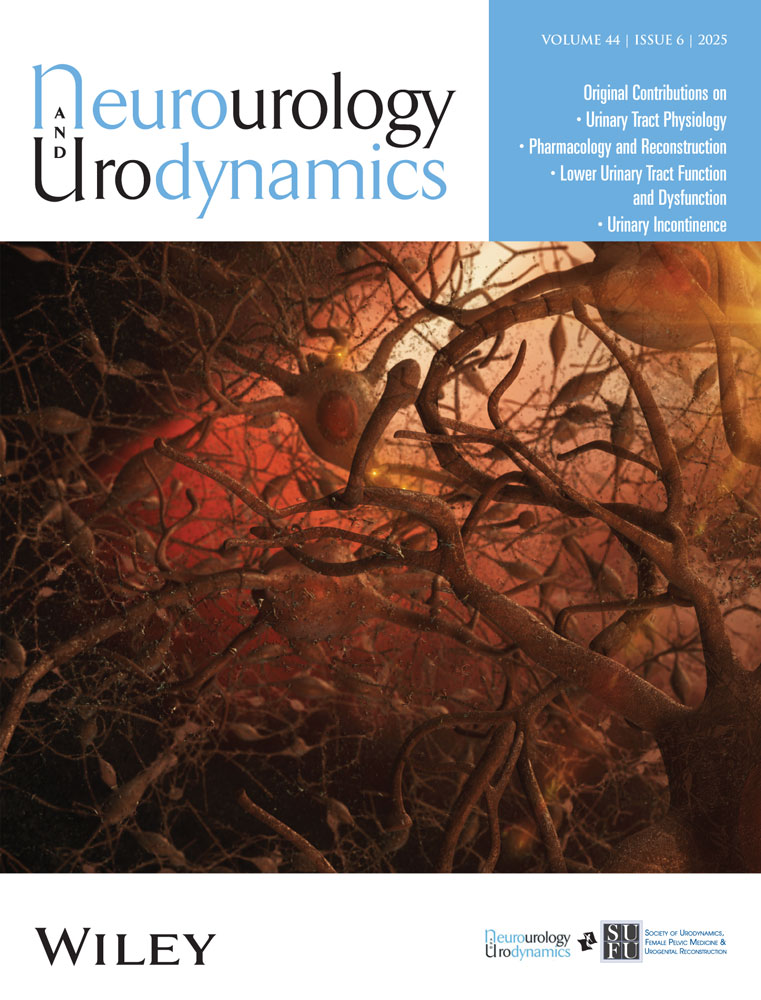Sacral Neurostimulation in Neurogenic Lower Urinary Tract and Bowel Dysfunction Caused by Multiple System Atrophy
ABSTRACT
Objective
Multiple system atrophy (MSA) is a progressive neurodegenerative disorder categorized as an atypical Parkinsonian syndrome, affecting extrapyramidal, pyramidal, cerebellar, and autonomic systems. Lower urinary tract dysfunction (LUTD), including urgency, frequency, urge incontinence, and incomplete voiding, is a prevalent symptom, often appearing early in the disease. Conservative treatments, such as anticholinergic and alpha-blocker therapies, frequently fail due to poor tolerance and limited efficacy. Many patients also experience bowel symptoms, including constipation and fecal incontinence. This study evaluates sacral neuromodulation (SNM) as a treatment option for LUTD and bowel symptoms in advanced MSA.
Materials and Methods
In this retrospective case series eight patients (4 females, 4 males; mean age 53 years, range 45–61) with refractory LUTD and bowel symptoms underwent detailed urodynamic evaluations and percutaneous sacral nerve test stimulation. Electrodes were placed bilaterally at the S3 and S4 sacral nerve roots under local anesthesia. During an 8-day test phase, unilateral and bilateral stimulations were applied at frequencies of 3–120 Hz. Success was defined as a ≥ 50% reduction in symptoms, assessed through bladder diaries.
Results
Seven patients qualified for permanent SNM implantation (4 unilateral S3, 3 bilateral S3/S4). At 2 months postimplantation, six patients exhibited ≥ 50% LUT symptom reduction. One patient showed improvement after reprogramming at 9 months. During a median 35-month follow-up, LUT relief was maintained in 36 of 44 visits, with reprogramming required in 19. SNM efficacy diminished over time, with five patients eventually requiring suprapubic tubes. Initially, three patients reported bowel symptoms; during follow-up, four additional cases emerged. Despite waning LUT effects, SNM facilitated defecation in some patients.
Discussion
This retrospective case series indicate that SNM targeting S3 and S4 nerves offers temporary relief for LUTD and bowel symptoms in advanced MSA. Further research is necessary to optimize patient selection, stimulation parameters, and long-term management strategies.
Conflicts of Interest
The authors declare no conflicts of interest.
Open Research
Data Availability Statement
Anonymized data are available from the principal author. The data that support the findings of this study are available on request from the corresponding author. The data are not publicly available due to privacy or ethical restrictions.




